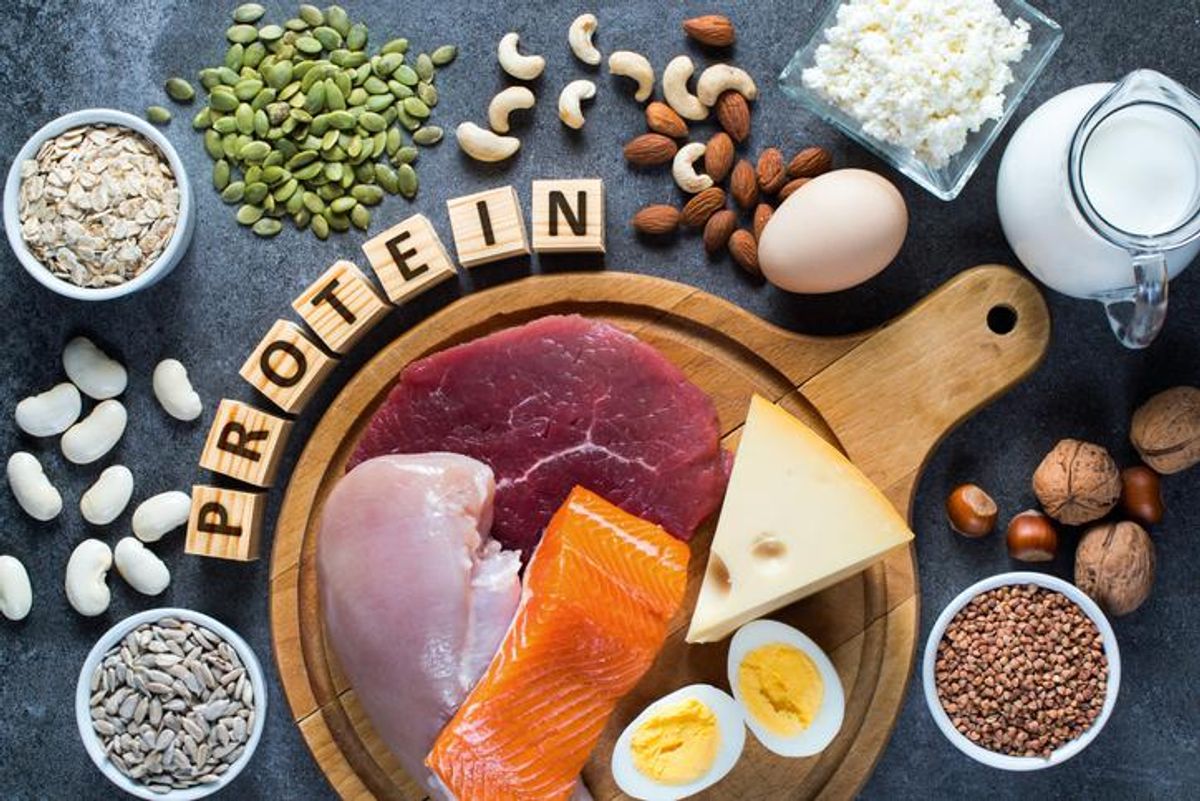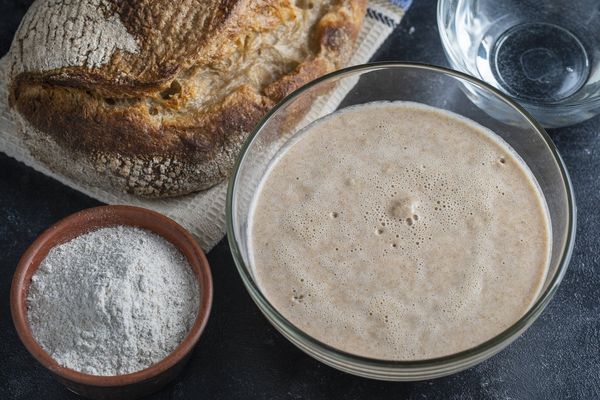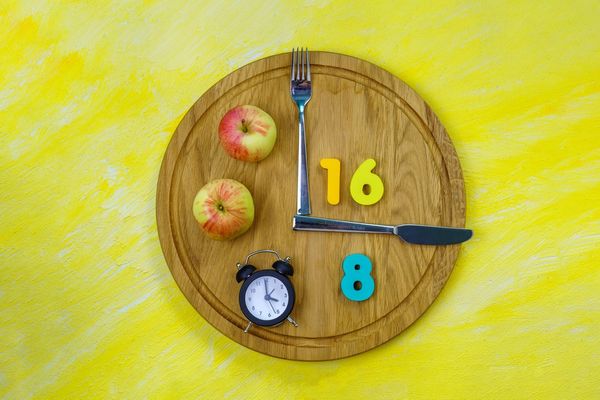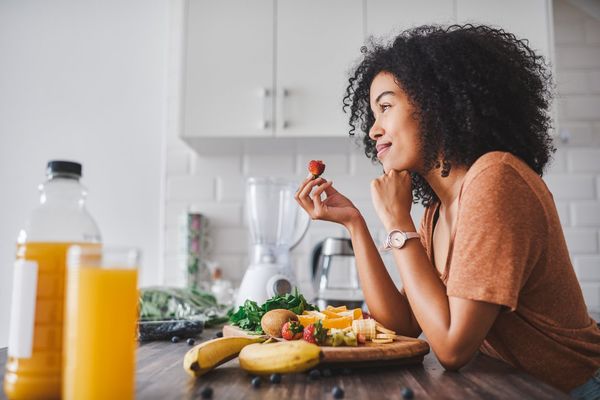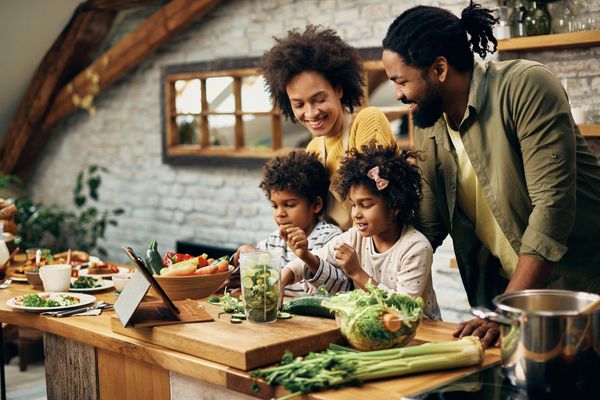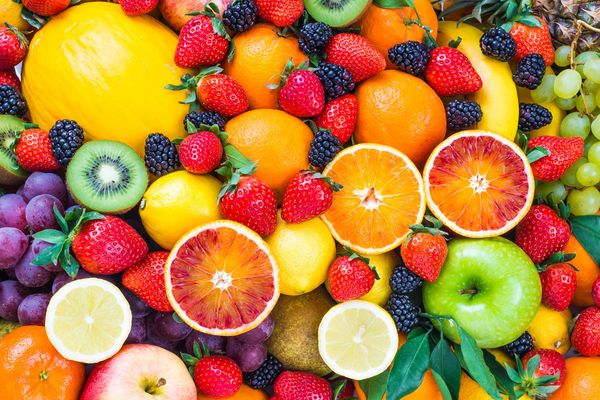Those of us of a certain age can recall when everyone and her best friend were on the "protein diet," drinking a mixture of protein powder and water (and eating almost nothing else), in hopes of dropping excess pounds. That wasn't healthy or effective. Later, protein would get a bum rap for causing weight gain. Neither extreme is true.
Protein, contained in virtually every cell in your body, supports the growth and strength of your muscles, ligaments, organs, skin, blood, glands and more. Its importance to a healthy body can be found in the Greek word it comes from, meaning "primary."
Yet it's easy to get confused when you hear about "complete proteins" or "incomplete proteins." What's what—and how much do you need? Here's a crash-course in vital protein basics to help you make healthy food choices:
- Protein is made up of amino acids. Your body needs about 20 amino acids to create protein, yet it can only make 13 of those amino acids itself. The rest, known as essential amino acids, have to come from foods.
- Foods from animals, such as meat, poultry, fish, eggs and dairy, are called "complete proteins" because they contain all the essential amino acids.
- "Incomplete protein" foods are missing one or more essential amino acids. These include legumes, grains, seeds, nuts, vegetables and fruits. Soybeans are the only vegetable that has complete protein.
- If you're a vegetarian (or just don't eat much meat), you don't have to miss out on protein's power. You can put together two or more incomplete proteins to get the all the essential amino acids found in complete proteins such as beef or chicken. These "complementary proteins" may be eaten together at the same meal or simply consumed during the same day. Try these combinations:
- Pinto beans and rice
- Corn and lima beans
- Hummus (chickpea spread) on wheat bread
- Split pea soup with barley.
- For good health, keep protein portions moderate. A 45-year-old woman needs only five to six ounces of protein per day, depending upon her activity level. That's equivalent to half of a small chicken breast and a half-cup of cooked black beans.

